Gabapentin, which is currently used to control seizures and manage nerve pain, might help nerve cells regrow in the brain.
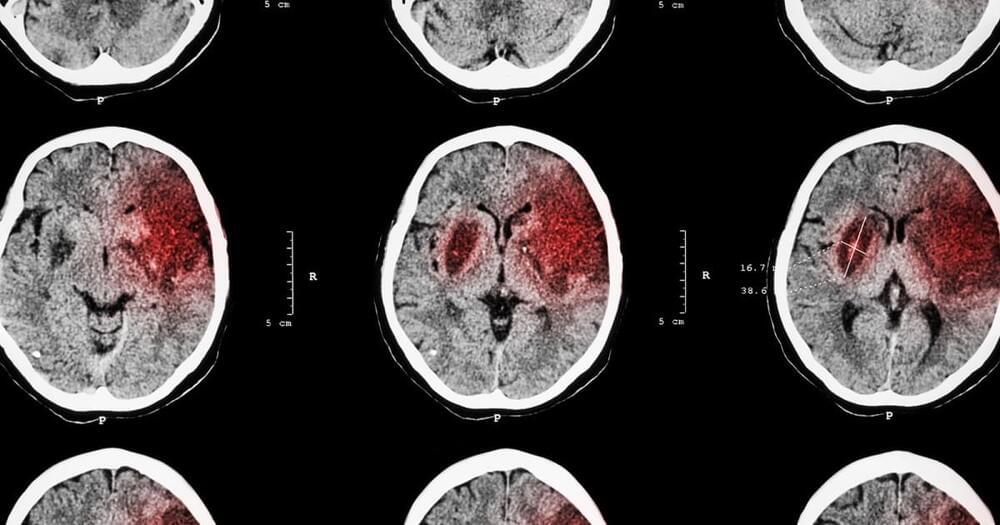

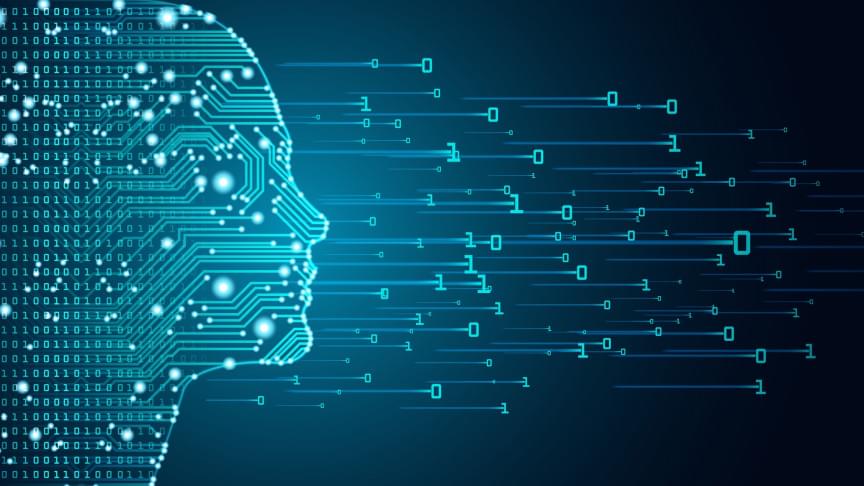
Scientists are attempting to map the wiring of the nearly 100 billion neurons in the human brain. Are we close to uncovering the mysteries of the mind or are we only at the beginning of a new frontier?
PARTICIPANTS: Deanna Barch, Jeff Lichtman, Nim Tottenham, David Van Essen.
MODERATOR: John Hockenberry.
Original program date: JUNE 4, 2017
WATCH THE TRAILER: https://youtu.be/lX5S_1bXUhw.
WATCH THE LIVE Q&A W/ JEFF LICHTMAN: https://youtu.be/h14hcBrqGSg.
Imagine navigating the globe with a map that only sketched out the continents. That’s pretty much how neuroscientists have been operating for decades. But one of the most ambitious programs in all of neuroscience, the Human Connectome Project, has just yielded a “network map” that is shedding light on the intricate connectivity in the brain. Join leading neuroscientists and psychologists as they explore how the connectome promises to revolutionize treatments for psychiatric and neurological disorders, answer profound questions regarding the electrochemical roots of memory and behavior, and clarify the link between our upbringing and brain development.
MORE INFO ABOUT THE PROGRAM AND PARTICIPANTS: https://www.worldsciencefestival.com/programs/wired-life-mapping-connectome/
This program is part of the Big Ideas Series, made possible with support from the John Templeton Foundation.
Liz mentions combinatorial gene therapy for aging near the end which is something you hear the likes of George Church mention they are working on.
Liz Parrish is the founder of @BioViva Science, a company dedicated to curing biological aging, a disease that is at the root cause of all other chronic diseases from heart disease to Alzheimer’s. Watch this video to understand how much more control we have over our lifespan and health!
💻Connect with BioViva here:
Website: https://bioviva-science.com/
YouTube channel: https://www.youtube.com/channel/UCaBq8hEExcUN6mtKMEuBvMQ
Instagram: https://www.instagram.com/biovivasciences/
Twitter: https://twitter.com/BioVivaScience.
Facebook: https://www.facebook.com/BiovivaSciences/
💻Connect with Liz Parrish here:
Instagram: https://www.instagram.com/lizlparrish/
Twitter: https://twitter.com/parrishliz?lang=en.
☕EAT MEAT. LIFT. REPEAT. mug merch: https://bit.ly/3GuFUXx.
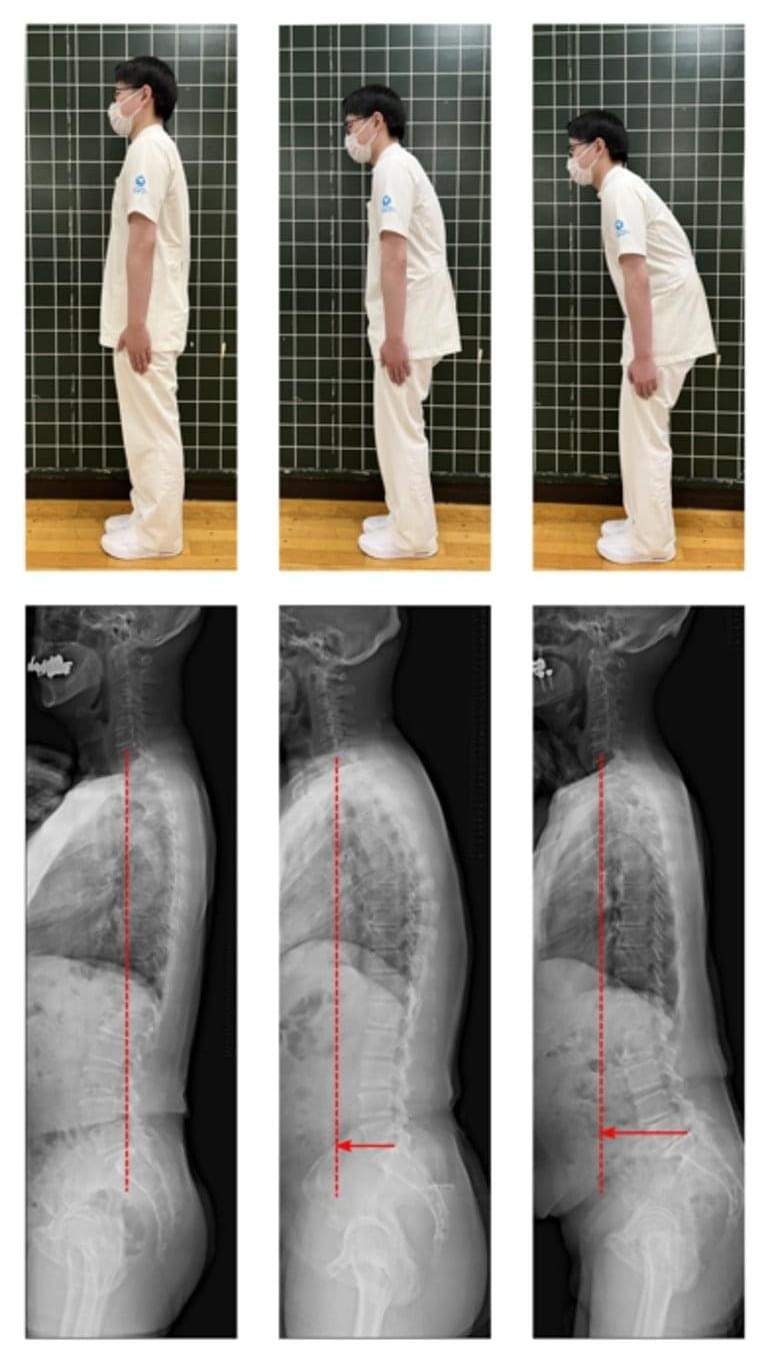
Summary: An older person’s posture may give clues to hidden cognitive decline, a new study reports.
Source: Shinshu University.
A mass survey of citizens aged 50 to 89 years examined whether cognitive decline could be detected by sagittal spinal balance measurement based on a radiological approach. Doctors from Shinshu University observed associations of sagittal vertical axis (SVA) anteriorization and higher age with lower cognitive function.
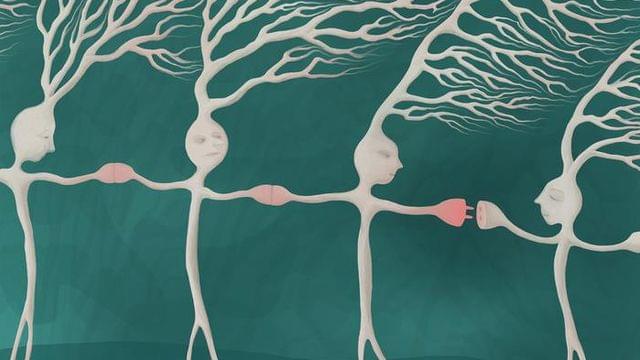
They are part of the brain of almost every animal species, yet they remain usually invisible even under the electron microscope. “Electrical synapses are like the dark matter of the brain,” says Alexander Borst, director at the MPI for Biological Intelligence, in foundation (i.f). Now a team from his department has taken a closer look at this rarely explored brain component: In the brain of the fruit fly Drosophila, they were able to show that electrical synapses occur in almost all brain areas and can influence the function and stability of individual nerve cells.
Neurons communicate via synapses, small contact points at which chemical messengers transmit a stimulus from one cell to the next. We may remember this from biology class. However, that is not the whole story. In addition to the commonly known chemical synapses, there is a second, little-known type of synapse: the electrical synapse. “Electrical synapses are much rarer and are hard to detect with current methods. That’s why they have hardly been researched so far,” explains Georg Ammer, who has long been fascinated by these hidden cell connections. “In most animal brains, we therefore don’t know even basic things, such as where exactly electrical synapses occur or how they influence brain activity.”
An electrical synapse connects two neurons directly, allowing the electrical current that neurons use to communicate, to flow from one cell to the next without a detour. Except in echinoderms, this particular type of synapse occurs in the brain of every animal species studied so far. “Electrical synapses must therefore have important functions: we just do not know which ones!” says Georg Ammer.
Leveraging big data & artificial intelligence to solve unmet medical needs — andrea de souza — eli lilly & co.
Andrea De Souza, is Associate Vice President, Research Data Sciences and Engineering, at Eli Lilly & Company (https://www.lilly.com/) where over the past three years her work has focused around empowering the Lilly Research Laboratories (LRL) organization with greater computational, analytics-intense experimentation to raise the innovation of their scientists.
A former neuroscience researcher, Andrea’s portfolio career has included leadership assignments at the intersection of science, technology and business development. She has built and led informatics and scientific teams across the entire pharmaceutical value chain.
Most recently, Andrea focused on building the Pharma Artificial Intelligence market at NVIDIA. Through this experience she has traveled the world advising bio-pharmaceutical clients, academics, research institutes, and startups in the potential of machine learning and artificial intelligence across every discipline of the industry.
Prior to her role at NVIDIA, Andrea held leadership positions at the Broad Institute of Harvard and MIT, Amgen, and Roche.
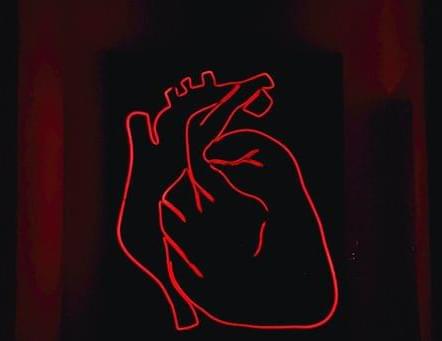
Having multiple conditions that affect the heart are linked to a greater risk of dementia than having high genetic risk, according to a largescale new study.
Led by Oxford University and the University of Exeter, the study is among the largest ever to examine the link between several heart-related conditions and dementia, and one of the few to look at the complex issue of multiple health conditions.
Published in The Lancet Healthy Longevity, the paper looked at data from more than 200,000 people, aged 60 or above, and of European ancestry in UK Biobank. The international research team identified those who had been diagnosed with the cardiometabolic conditions diabetes, stroke, or a heart attack, or any combination of the three, and those who went on to develop dementia.
To capture the information that a brain contains, you need to cut it into billions and billions of slices.
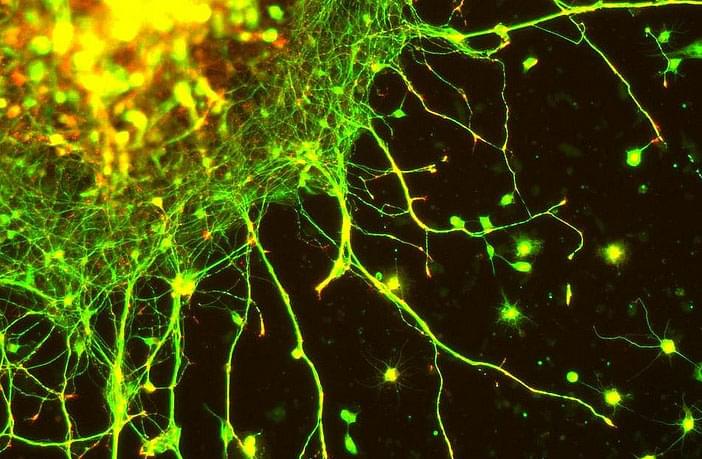
To assess whether a compound holds promise for treating a disease, researchers usually begin by studying its use in animals. This allows us to see if the compound has a chance of curing the disease.
Animal models, however, rarely reproduce all aspects of a disease. The alternative is to represent the disease in cell cultures. While at first glance, Petri dishes look quite different from a person with a disease, the reality could be quite different when you look at them more closely.
Alzheimer’s has been cured more than 400 times in laboratories. How then can we still consider Alzheimer’s to be incurable? The reason is that it has only been cured in animals.